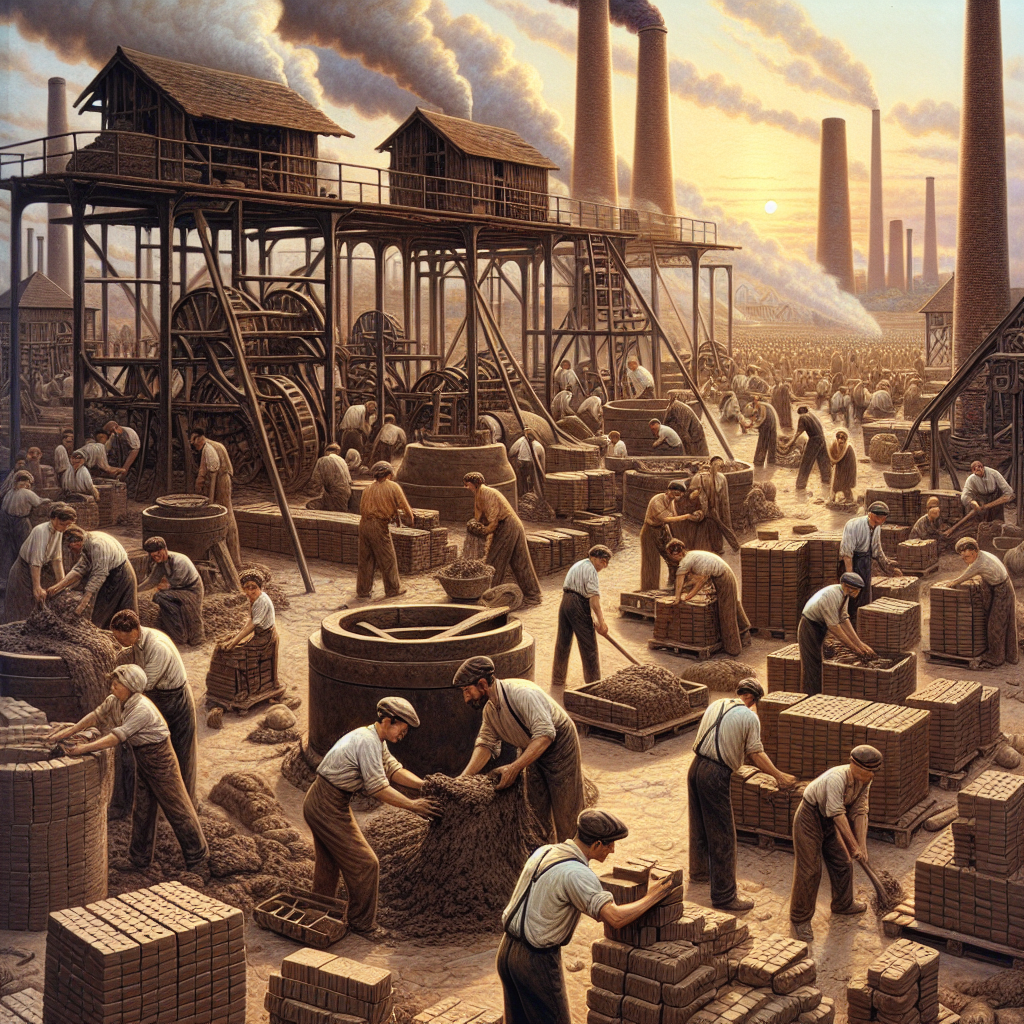The History and Evolution of Clay Bricks
Clay bricks have been a fundamental building material for millennia, shaping the landscapes of civilizations across the globe. From the ancient structures that still stand tall today to the modern homes that provide shelter and comfort, clay bricks have undergone a remarkable journey.
This article delves into the storied past and the technological advancements that have shaped the clay brick industry.
Ancient Beginnings
The use of clay bricks dates back to around 7000 BCE, where they were first found in southern Turkey at the site of an ancient settlement. Early bricks were simple, unburned lumps of clay, dried in the sun to harden. As civilizations progressed, so did brick-making techniques. The Indus Valley Civilization, Ancient Egyptians, and Babylonians are known for their use of fired bricks, which increased their durability and strength.
Mesopotamian Influence
The first recorded use of kilns to fire bricks was in Mesopotamia around 3000 BCE. This region’s innovation set the standard for brick production, using molds to create uniform shapes and sizes. The famous Ishtar Gate of Babylon, resplendent with its blue glazed bricks, showcases the sophistication and artistry that could be achieved.
Industrial Revolution
The industrial age brought about dramatic changes in the production of clay bricks. The introduction of the steam engine in the 18th century allowed for the mechanization of the brick moulding process. The clay brick moulding machine, a remarkable advancement, enabled mass production and consistent quality, meeting the demands of growing urban populations and expansive building projects.
Taylor Clay Brick: A Modern Era
With the advent of the 20th century, companies like Taylor Clay Brick emerged, signifying a new era of efficiency and quality in brick manufacturing. Taylor Clay Brick became synonymous with durable and aesthetically pleasing bricks that were used in both residential and commercial construction.
Technological Advancements
In recent years, the clay brick industry has continued to innovate, integrating advanced technologies to further enhance the quality and sustainability of bricks. Modern clay brick moulding machines are marvels of engineering, capable of producing thousands of bricks per day with minimal human intervention. These machines can create a multitude of shapes and sizes, catering to various architectural styles and construction needs.
Sustainability and Clay Bricks
The clay brick industry’s focus on sustainability has led to the development of eco-friendly production processes. These include using renewable energy sources to fire kilns and recycling water used during the manufacturing process. The result is a product that not only stands the test of time but also contributes to environmentally conscious building practices.
The Future of Clay Bricks
As we look to the future, the clay brick remains a staple in construction due to its durability, thermal properties, and timeless appeal. Innovations in the production process and a commitment to sustainability ensure that clay bricks will continue to evolve, meeting the needs of builders and architects while preserving the rich history that these simple, yet remarkable, building blocks carry.
From the ancient sun-dried bricks of yore to the high-quality products of Taylor Clay Brick and the modern-day clay brick moulding machines, the evolution of clay bricks is a testament to human ingenuity and the relentless pursuit of advancement. Whether used in a quaint cottage or a towering skyscraper, clay bricks link us to our past and pave the way for our future.











![Accounting Course in Delhi, 110047, [GST Update 2024]](https://free-ads.marketing2advertising.com/wp-content/uploads/2024/07/Accounting-Course-in-Delhi-1-300x224.png)


